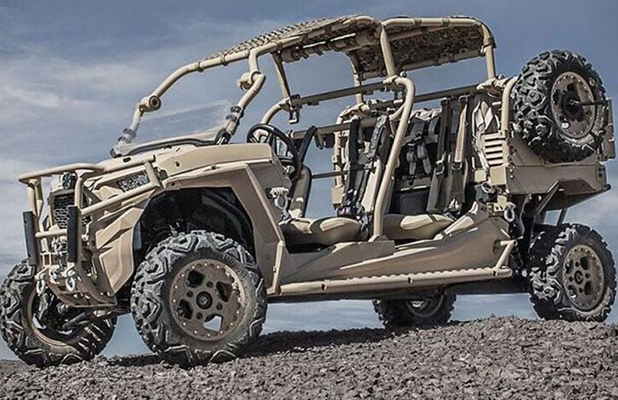The Indian Army is planning to buy 300 indigenous logistics rough terrain vehicles that can be used for transportation of loads and evacuation of casualties in medium to high-altitude areas, officials familiar with the matter said on 2 January.
The army will invoke the fast-track procedure under emergency procurement to buy the highly-mobile, multi-configurable, wheeled vehicles, the officials said.
The development comes amid the lingering standoff with the Chinese army along the Line of Actual Control (LAC) in the Ladakh sector and tensions spilling over into the eastern sector too.
In a request for proposal (RFP) seeking the participation of prospective bidders, the army on January 2 said these vehicles should be helicopter transportable and be able to operate at an altitude of 16,000 feet. “Their ability to operate in snow-covered undulating terrain with long endurance makes them ideally suitable for last-mile delivery (LMD) tasks,” the RFP said.
The army plans to operate these vehicles in areas in temperatures ranging from minus 20 degrees to plus 45 degrees. An inbuilt cold engine start system is another key army requirement. Also, the engine power and operating range of these vehicles should not be less than 30 HP and 100 Km, respectively. These vehicles are expected to be deployed in Ladakh and the eastern sector too, the officials said.
The army is swiftly upgrading its capability along the border with China with a variety of weapons and systems including artillery guns, swarm drone systems that can carry out offensive missions in enemy territory, longer-range rockets, remotely piloted aerial systems and high-mobility protected vehicles, while also pursuing the development of light tanks for mountain warfare and futuristic infantry combat vehicles (FICVs).
The new logistics rough terrain vehicles should have a rollover protection system, and service life should be at least nine years or 80,000 km, the RFP said. It also details the product support, engineering support package, spares and training package for the operators. The vehicles have to be delivered within 12 months of the signing of the contract.
The army’s focus on building combat capability along the contested border with China is part of an overarching plan to steadily enhance its operational readiness to counter any challenge presented by the People’s Liberation Army (PLA).
The border standoff between India and China erupted in May 2020. While the two sides have had partial success in disengaging rival soldiers from some friction areas on LAC in Ladakh, talks are still on to end the deadlock that has derailed the bilateral relationship. Disengagement of soldiers from all friction points is essential before de-escalation of the conflict can take place, and, finally, de-induction of troops and weapons.
Corps commanders of the two armies held talks on the Chinese side of the Chushul-Moldo border meeting point on December 20, just 11 days after several Indian and Chinese soldiers were injured in a clash along LAC at Yangtse, located near Tawang in Arunachal Pradesh. However, there was no indication of forward movement in addressing the border row in the Ladakh sector during the 17th round of military talks.


















